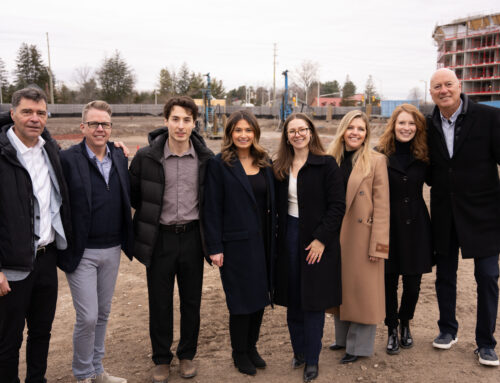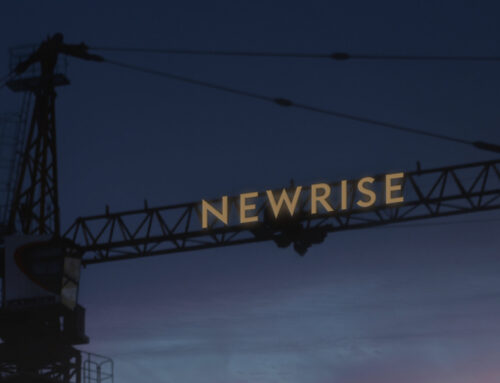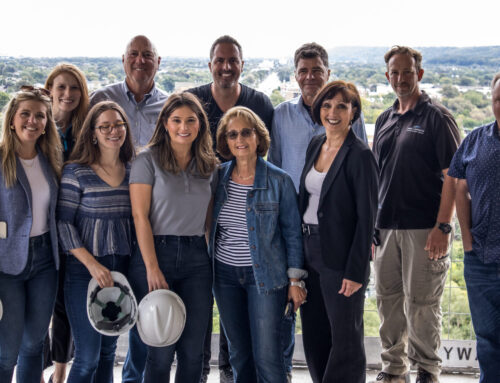As seen in the March 1, 2017 article in the Hamilton Spectator.
It’s not the best economic climate for building condos with geothermal heating and cooling but developer Jeff Paikin says he’s in for the long haul when it comes to using the technology.
Paikin’s New Horizon Development Group is starting construction on the third phase of his City Square condo project downtown on Robinson Street, the 10th structure he has built in the Hamilton-Burlington area with geothermal energy rather than natural gas.
Geothermal heating uses pipes buried more than 200 metres deep to capture earth energy to heat or cool a building. The technology has been around for decades and proponents are hopeful it will become more widespread as government initiatives are rolled out in an effort to lower greenhouse gases.
Even without incentives, Paikin says, there is still a strong economic case for geothermal in condo projects.
“If the price of natural gas is super low like it is these days, it’s about even. But if gas is super high, it is a huge saving,” he said. “There is a capital cost upfront and some maintenance costs going forward but in the end, over a 20-year period, there are some pretty significant savings.”
A big economic advantage is price consistency, he adds.
“We can tell you more than 20 years from now how much you will be paying for heating and cooling. It’s fixed and known, which is comforting to people.”
Paikin argues that natural gas prices most certainly will rise at some point, which would mean huge savings in heating and cooling costs for people not relying on it.
Few other developers in the Hamilton-Burlington area are using geothermal heating and cooling, says Stan Reitsma, head of Geosource Energy Inc. in Caledonia. Stanton Renaissance — has announced they’ll incorporate geothermal heating and cooling at The Connolly, their condo project on James Street South.
Reitsma – whose company digs holes for geothermal projects across the province – estimates that only one per cent of existing buildings are using the technology.
“But we fully expect to grow significantly. With the Ontario Climate Action Plan, we see geo coming on very strong,” he said.
The provincial plan, being rolled out in stages, will create incentives to increase the use of clean energy technology.
Reitsma, who is also vice-president of the Ontario Geothermal Association, has meetings scheduled with government officials to discuss possible ways to encourage developers to use geothermal in more projects.
Geothermal primer
What is geothermal heating and cooling?
It’s a heat exchange system that uses the earth’s energy deep below the surface, which remains constant at about 20 C, to heat or cool buildings and to help provide hot water.
How does it work to provide heat in winter?
Water that’s circulated through pipes buried in the ground absorbs heat from the earth and carries it into the home. A heat pump inside the house concentrates thermal energy and transfers it to air, so it can circulate through traditional ductwork.
How does it work to provide cooling in summer?
Heat is extracted from the air in the house and transferred through the heat pump to the ground piping. The water solution in the ground loop then brings down the temperature in the house.
Is other energy required?
A small amount of electricity is needed for a refrigerant compressor, ground loop pump and fan.
What are the environmental benefits?
Fossil fuels are not used to produce heat-lowering greenhouse gases.
Even with electricity produced at a power plant to operate a geothermal system factored in, total emissions are far lower than with conventional methods.






